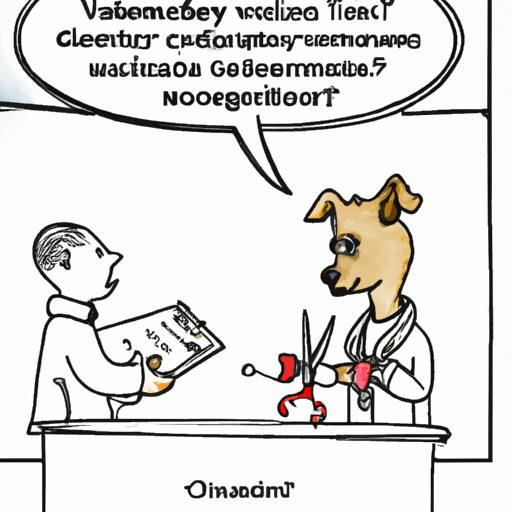Understanding the Importance of Spaying Your Dog
Spaying your dog is not just about preventing unwanted pregnancies, it’s also a crucial step in promoting their long-term health and well-being. You, as a caregiver, are tasked with making informed decisions for your furry friend. Spaying can prevent various health issues, such as uterine infections and breast tumors, which are malignant or cancerous in about 50% of dogs and 90% of cats.
Ideal Age for Spaying Your Dog
Most vets recommend spaying your dog before their first heat cycle, typically between six to nine months of age. However, this isn’t a one-size-fits-all answer. The ideal time can vary based on factors like:
- Breed: Larger breeds are often spayed at a later age than smaller ones.
- Health: If your dog has a medical condition, your vet might recommend a different timeline.
- Behavior: Sometimes, behavioral aspects can influence the decision about when to spay.
| Breed Size | Ideal Spaying Age |
|---|---|
| Small | 6 months |
| Medium | 6-9 months |
| Large | 9-15 months |
The Spaying Procedure: What to Expect?
When the day comes, it’s natural to feel a bit anxious. But rest assured, spaying is a routine surgery. Your vet will first administer general anesthesia to ensure your dog is comfortable and pain-free. Next, a small incision is made in the abdomen through which the uterus and ovaries are removed. Post-surgery, your dog will likely stay at the clinic for a few hours for monitoring.
Aftercare: Helping Your Dog Recover Post-Spaying
After the procedure, your dog will need ample rest and care. Here’s how you can help:
- Keep them calm and comfortable: Limit their physical activity for a few days.
- Monitor the incision site: Check regularly for any signs of infection, like redness, swelling, or discharge.
- Follow the vet’s instructions: This includes giving prescribed medications and scheduling follow-up visits.
Long-term Effects of Spaying
Spaying has numerous long-term benefits for your dog. It can:
- Prevent life-threatening diseases: As mentioned before, spaying significantly reduces the risk of certain cancers and infections.
- Reduce unwanted behaviors: Spaying can help mitigate behaviors like marking, howling, and escape attempts during the heat cycle.
- Promote a longer, healthier life: Studies suggest that spayed dogs often live longer, healthier lives.
Frequently Asked Questions
Q1: Can a dog be too old to be spayed?
While age is a consideration, most healthy dogs can be spayed at any age. Consult with your vet for advice specific to your dog’s situation.
Q2: Will spaying change my dog’s personality?
Spaying can reduce certain behaviors driven by hormones, but it won’t change the core personality of your dog.
Q3: How long does the spaying procedure take?
The procedure itself typically takes between 20 minutes to an hour, but preparation and recovery time means your dog will likely be at the clinic for a few hours.
Remember, your care and attention can make your dog’s spaying procedure and recovery smooth and comfortable. Always consult with your vet if you have any concerns or questions. Your furry friend is counting on you to make the best decisions for their health and happiness.



